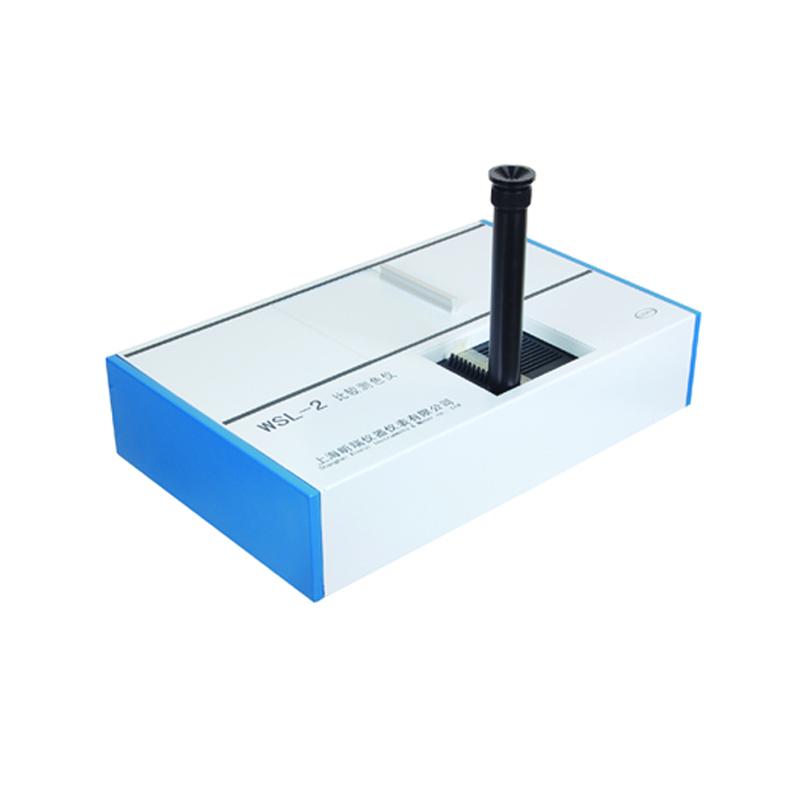Principle, application and main points of operation of Lovipen colorimeter
Lovipen colorimeter is a color measuring tool widely used in many industries, especially in the field of oil production and trade. The instrument originated from the British company Lovipen, Lovipen colorimeter plays an important role in the field of color measurement. Understanding the nuances of its principle, application, and color perception can greatly improve its effectiveness in various industrial applications.

Working principle
The core working principle of Lovipen colorimeter is color contrast. It uses white light as a light source, covering all wavelengths of visible light, unlike spectrophotometers that use monochromatic light. This instrument uses red, yellow, and blue disks to produce composite colors that match the sample under test. The Beer-Lambert law (that is, the optical density is proportional to the concentration of solution) only applies under certain conditions, and its direct application to the Roverban colorimeter is limited due to the difference in its use of white light and the color perception of the human eye.
Principle, application and main points of operation of Lovipen colorimeter
Application field
The versatility of the Roverbon colorimeter makes it play an important role in qualitative and quantitative analysis, and is widely used in the color inspection of pigments, textiles, wine, tobacco, confectionery, jam, pharmaceuticals and oils. The system was adopted by the American Association of Oil Chemists to standardize the color classification of oils and fats.
Common misunderstandings and clarifications
The color depth cannot be simply converted directly to the thickness of the liquid sample, and the reliability of this calculation method is limited. The blue reading that occurs when measuring the color of the oil does not indicate that the oil contains blue, but usually indicates that the oil contains impurities, such as chlorophyll. The restriction of blue value in some commercial standards for oils and fats is actually to limit the amount of impurities that affect the color and brightness of oils and fats. Lovipen colorimeters also measure “brightness”, using a neutral color palette to increase the blur of the sample. The concepts of brightness and darkness are independent of color and reflect the transparency and quality of the oil. The system classifies almost all colors into six main colors: red, orange, yellow, green, blue, and purple, with a few additional descriptions. This classification simplifies the uniform and quantitative expression of color.
Operational attention
Due to the reliance on visual evaluation, the operator needs to protect the eyes from fatigue in order to ensure accurate measurements. Avoid staring at the eyepiece for a long time and take breaks. Replace the bulb regularly and ensure that the power supply is stable to ensure the consistency of the light source. The position of the operator’s seat and instrument should avoid external light interference to reduce visual errors.
